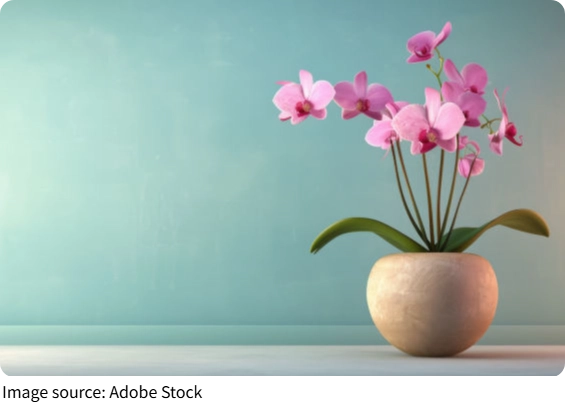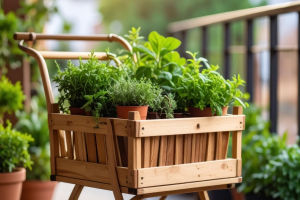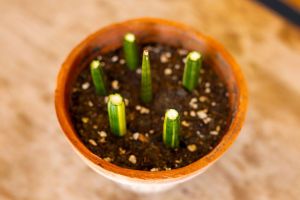Orchid Pot Guide

Have you ever looked at a blooming orchid and thought, "There's no way I can grow that"? You’re not alone—but the truth is, orchids aren’t as difficult as they seem.
When we grow orchids in pots the right way, they not only survive—they thrive. Let’s dive into the secrets of keeping an orchid happy, healthy, and blooming right on our windowsill.
Choose the Right Orchid
For beginners like us, the best orchid types to start with are Phalaenopsis (moth orchids), Cattleyas, and Paphiopedilums (slipper orchids). These are widely available and much easier to care for compared to more delicate varieties. When we visit a garden center, it's helpful to ask for orchids suited to indoor conditions in our area. If possible, we can choose one that’s already flowering—so we know exactly what we’re getting!
Select a Suitable Pot
Orchids love a cozy space. A small plastic or clay pot with drainage holes is ideal. The key is to let water drain well and keep roots healthy. For types like Dendrobiums, clay pots are better. Others, like moth orchids, do great in plastic too. Always check that the pot isn’t too large—tight roots are happy roots when it comes to orchids.
Pick the Right Growing Mix
Unlike most houseplants, orchids don’t grow in regular soil. They need special mixes such as bark chips, sphagnum moss, perlite, or tree fern fiber. For example, Cattleyas prefer coarse bark, while slipper orchids do well in fine moss or bark. These mixes help air circulate and keep the roots dry and healthy.
Time to Pot Your Orchid
Let’s begin by placing 1 inch (2.5 cm) of foam peanuts or pebbles at the bottom of the pot. This helps with drainage. Then, gently remove the orchid from its nursery container. If it’s stuck, we can carefully cut the pot away. Place the orchid in the center of the new pot and slowly fill around it with the growing mix, keeping the crown (where roots meet the stem) just below the surface.
Give It the Light It Loves
Orchids need 12–14 hours of indirect sunlight a day. A south- or east-facing window is perfect. For homes with less light, we can use fluorescent grow lights. Just keep the orchid 5–8 inches (13–20 cm) below the light. Orchids with thick leaves enjoy brighter light, while those with soft leaves do better with gentler morning sun.

Water Just Once a Week
This might surprise you—orchids don’t need much water. Once a week is often enough. We can run water through the pot for a few seconds, then let it drain completely. Wait until the potting mix feels dry before the next watering. Overwatering is a common mistake, but with orchids, less is more.
Keep the Air Moist
Orchids come from tropical environments, so they love humidity. Aim for 60–80%. We can place the pot near a humidifier or set up a humidity tray: fill a shallow dish with pebbles and water, then place the pot on top. The orchid stays above the water, but the air around it stays moist—perfect for healthy growth.
Feed During Summer
In warmer months, we can help our orchids grow with a liquid fertilizer made just for them. Add it to water following the label's instructions, and feed once a week. If we don’t have orchid-specific fertilizer, regular plant food at half strength also works. During fall and winter, we can skip feeding and focus on watering only.
Trim for a Second Bloom
Once the flowers fade, don’t toss the plant! We can trim the flower spike back about an inch (2.5 cm). This might encourage the orchid to bloom again. If any leaves or stems turn yellow or dry out, use clean scissors to remove them. This helps the orchid focus on new growth.
Repot When Needed
If we see roots growing out of the pot or if the potting mix looks broken down, it’s time to repot. Most orchids need a fresh pot and mix every year or two. The best time to repot is after blooming, not during. Some types can even stay in the same pot for a few years if they’re doing well.
Let’s Enjoy the Orchid Journey!
Orchids in pots bring beauty, calm, and elegance to any space. Once we get the basics down, caring for them becomes a joy rather than a chore. Lykkers, are you ready to bring home your first orchid or help your current one thrive? Let’s grow beauty together—one bloom at a time!


